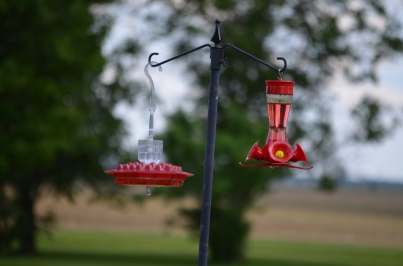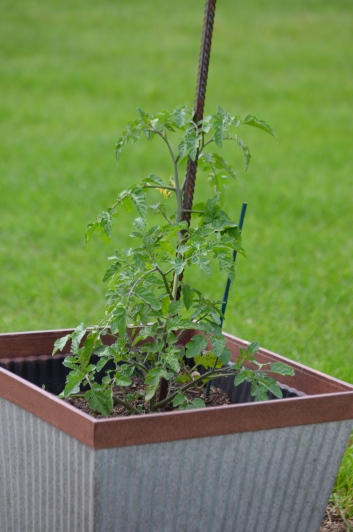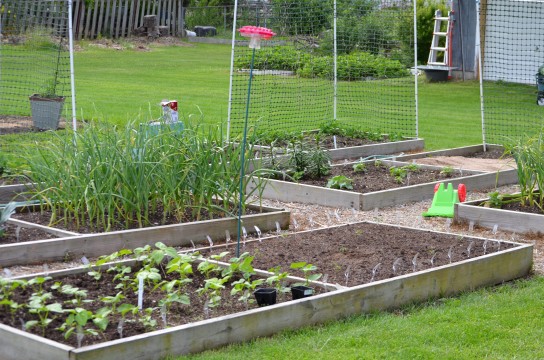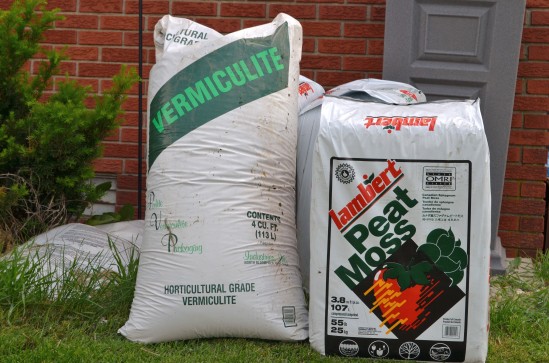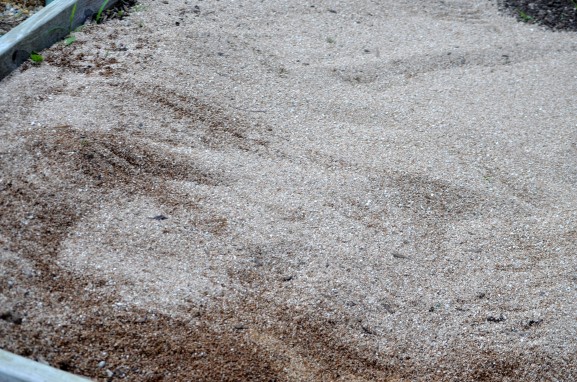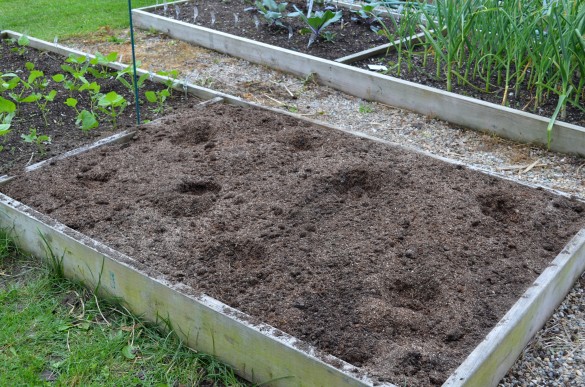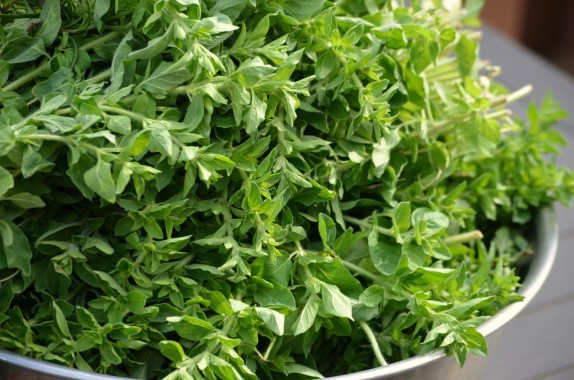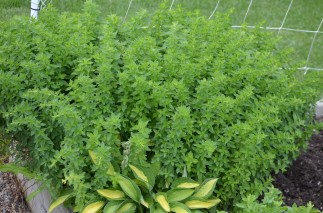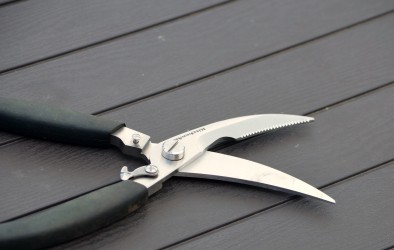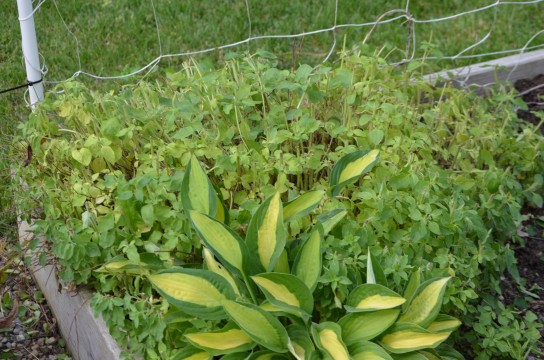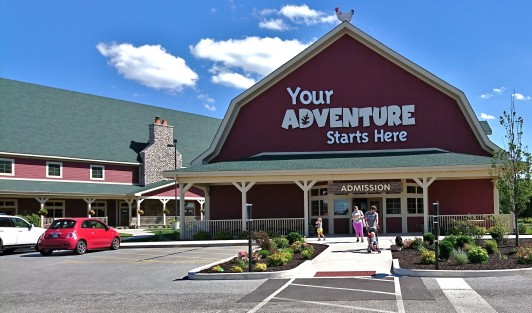
Yesterday, Todd and I had to drive to Chicago and then back home, a six hour total trip. On the way back, we stopped at Fair Oak Farms to stretch our legs and eat a scoop of ice cream. If you have never been to Fair Oak Farms, you have missed a wonderful facility to visit, a place which offers something interesting for everyone.
The first time we visited the farm, it had far less to see, but was fun, none-the-less. We took a tour of a local cattle farm, watched the milking operations, and had ice cream at the gas station. A couple of years later, they had a birthing barn where we could sit and watch a cow give birth approximately every 30 minutes, a snack building where we could watch cheese and ice cream being made, as well as buy and eat fresh cheeses, sandwiches, and ice cream. A couple of years ago, they opened a beautiful restaurant, which we have enjoyed several times, since. We also were able to tour a pig farm and see baby pigs and their mommies in many stages from newly born to weaned. Other sites at Fair Oak Farms included a display garden, a rock climbing wall, and a playground.
Yesterday, I was pleased to see that more attractions had been added to Fair Oak Farms. I saw at least two new buildings. One was a crop adventure, something right up the alley of our Indiana gardeners. The playground had doubled in size, and a train for the little ones had been added. In addition, they used to have an indoor rock climbing wall, and now they have an outdoor climbing wall. The facility is thriving and is simply getting bigger and bigger, offering more for everyone.
If this all isn’t enough, I heard rumors that Fair Oak Farms is planning to build a resort hotel and a water park in the future. There certainly is enough land to add those and even more. On top of it all, Fair Oak Farms is the producer of power house drinks, Core Power and Fairlife milk, which you may have seen in stores. If you are interested in learning more, check out their website at http://www.fofarms.com. It’s an adventure and learning experience all in one. Check them out!

